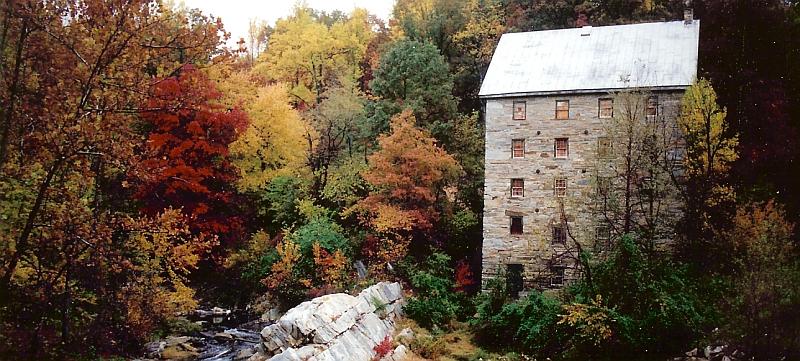

The Ohio Company
The Ohio Company, formally known as the Ohio Company of Virginia, was a land speculation company organized for the colonization of the Ohio Country. The activities of the company helped to provoke the outbreak of the French and Indian War. Formation In 1747, a number of influential men organized the Ohio Company of Virginia in order to capitalize on these opportunities. The Ohio Company was composed of Virginians, including Thomas Lee as president, Nathaniel Chapman as treasurer (1709 - 1760), John Mercer as the company's secretary and general counsel, John's son George Mercer as the company's agent to England, two of George Washington's brothers, Lawrence Washington (who succeeded to the management upon the death of Lee) and Augustine Washington, Jr., as well as Englishmen, including the Duke of Bedford, Virginia Governor Robert Dinwiddie, and John Hanbury, a wealthy London merchant. A rival group of land speculators from Virginia, the Loyal Company, was organized about the same time, and included influential Virginians such as Thomas Walker and Peter Jefferson (father of Thomas Jefferson). In 1748, the British Crown approved the Ohio Company's petition for a grant of 200,000 acres (800 kmē) near the "forks" of the Ohio River (present Pittsburgh, Pennsylvania). In July 1749, the governor and council of Virginia made the grant on the condition that the company would, within seven years, settle 100 families in the area and erect a fort to protect both them and the British claim on the land. A secondary purpose of this settlement was to establish a regular trade with the local Native Americans, necessary in order to maintain friendly relations. French and Indian War The Ohio Valley was also claimed by France, however, as it was nominally part of the vast territory of New France. The French were not pleased to hear of British activity in the region. The French were very interested in the land, because they believed the milder climates and more fertile soil would prove more beckoning to French settlers than the cold winters and barren soil of French Canada. Additionally, the Ohio River watershed provided a vital link between Canada and French Louisiana. To forestall British expansion, in 1753 the French began constructing a series of forts in the Ohio Valley. Robert Dinwiddie, governor of Virginia as well as a shareholder of the Ohio Company, responded by sending a military unit under the command of George Washington to the region, which led to the outbreak of the French and Indian War. The war and its sequel, Pontiac's Rebellion, prevented the Ohio Company from fulfilling its obligation to establish settlements. |
|
|
First posted Aug 30, 2009 Last update Jan 25, 2020 |